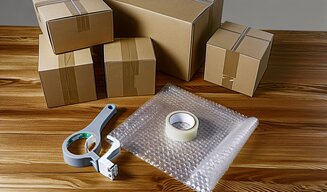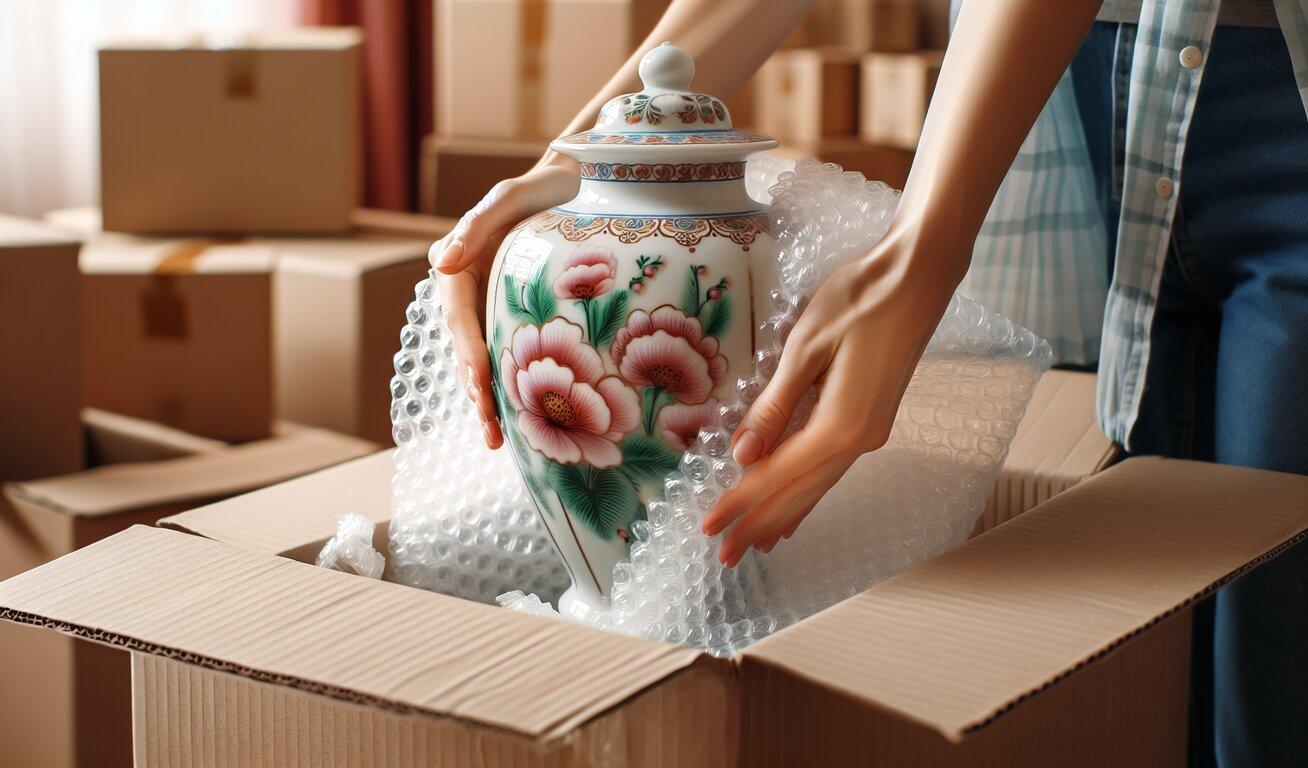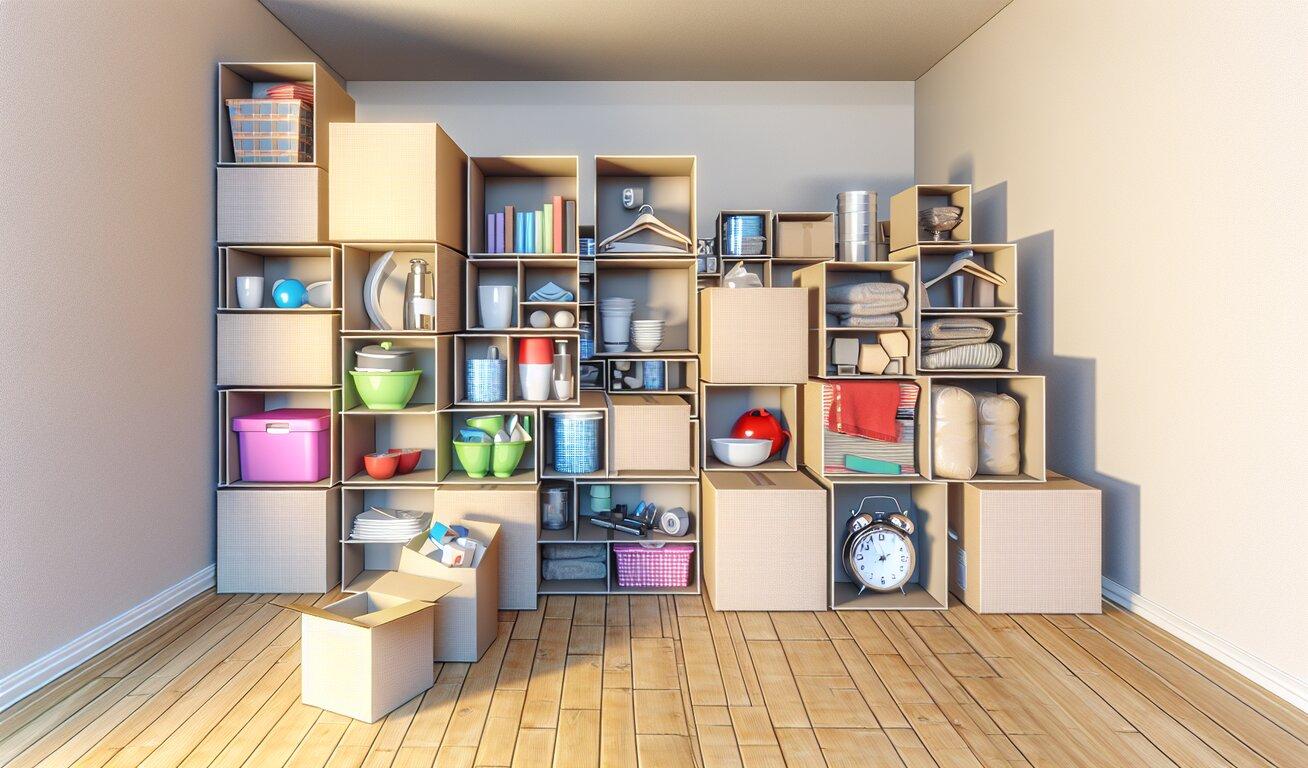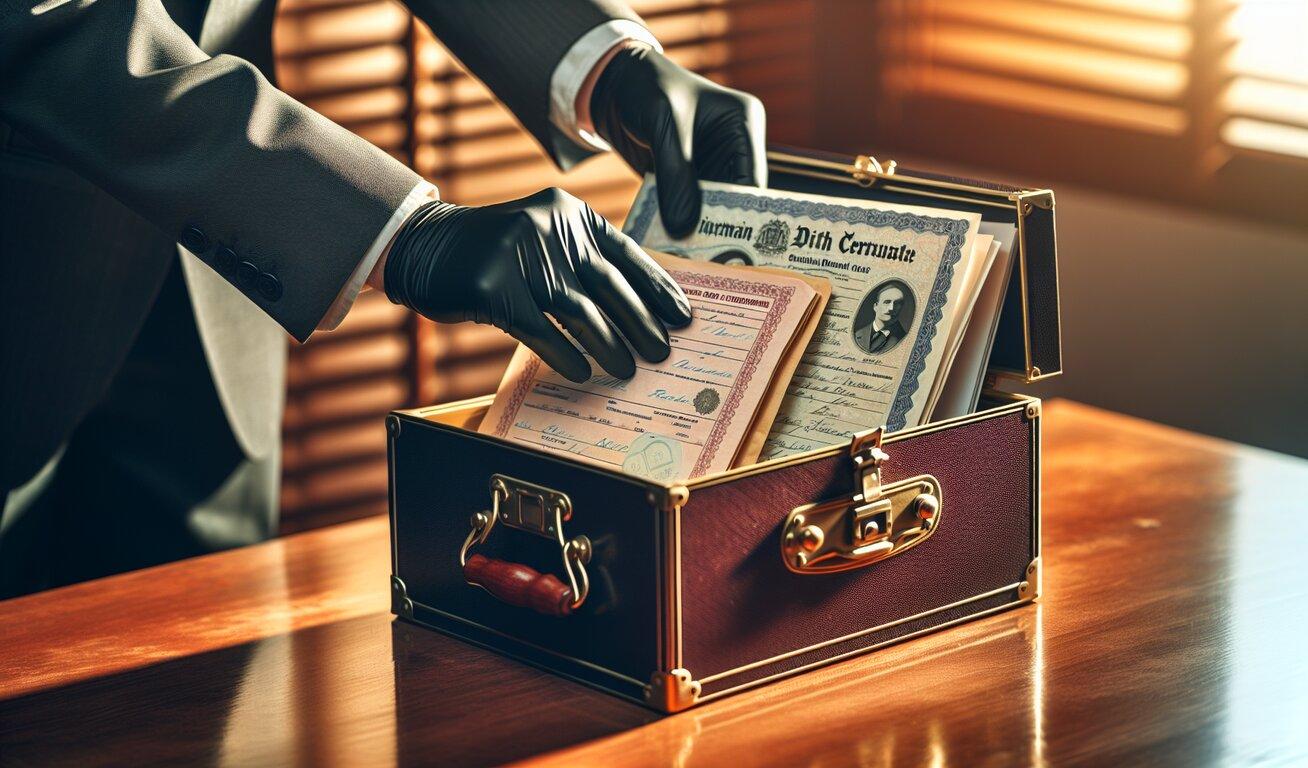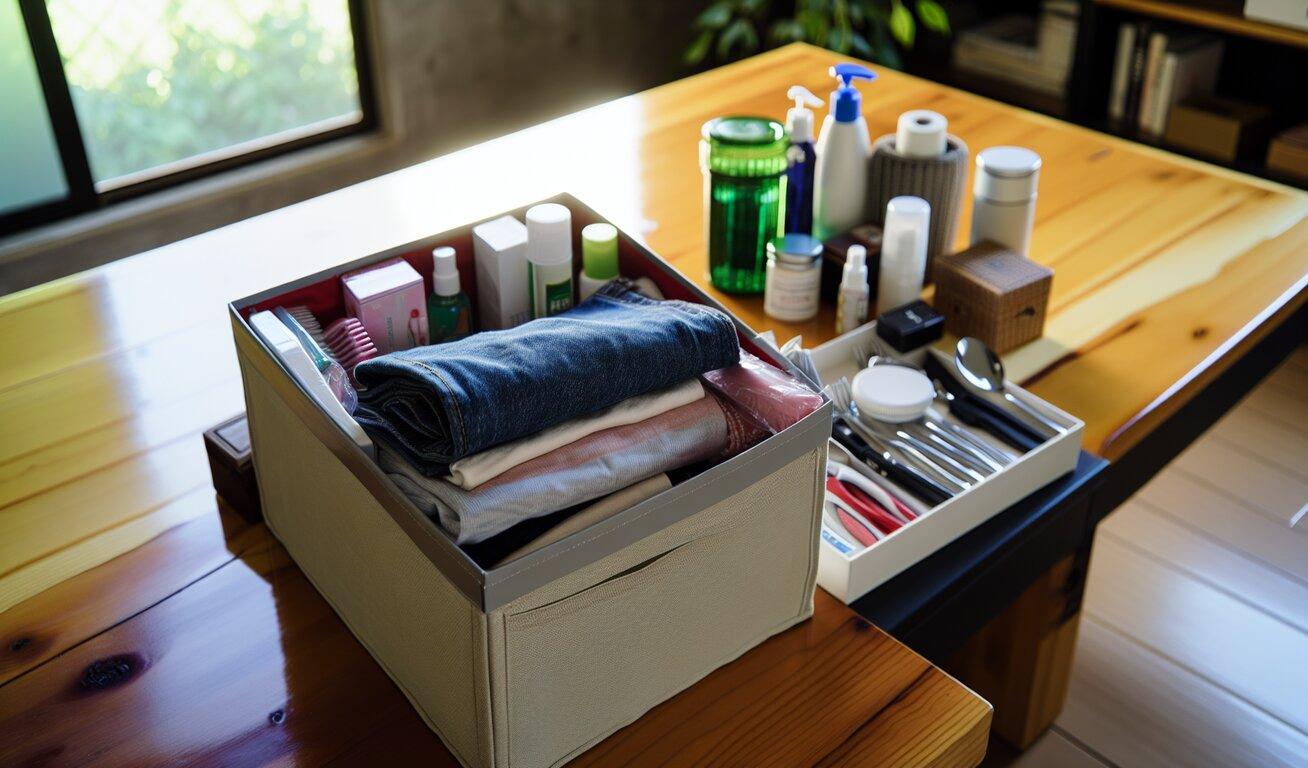When it comes to packing and moving services, www.stackt.co.uk stands out with its top-tier offerings. The Stackt shines with its comprehensive packing solution, designed to make your moving process as smooth as possible.
Stackt offers a full range of packing services tailored to your specific needs. Whether you're moving to a small apartment or a large family home, Stackt has you covered. Their team of professional packers uses the best materials and techniques to ensure that your belongings are protected during the move.
One of the standout offerings of Stackt is their 'Full Pack' service. In this service, Our team takes care of everything from start to finish. We pack all your items, from the largest pieces of furniture to the smallest knick-knacks. This service is perfect for those who want a completely hands-off moving experience.
But what truly sets Stackt apart is their dedication to customer satisfaction. We work closely with you to understand your specific needs and tailor their services accordingly. We are committed to making your move as stress-free as possible, providing exceptional service every step of the way.
So, if you're looking for a reliable, professional, and customer-focused packing service, look no further than Stackt.
